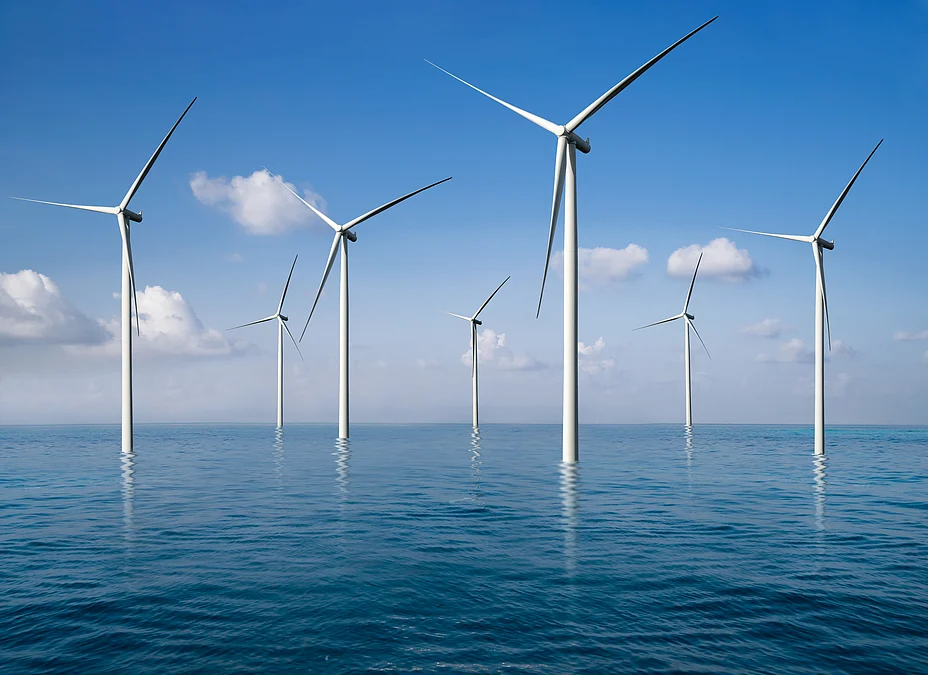Copyright orissapost

Prime Minister Narendra Modi called 2026 the year of ASEAN-India Maritime Cooperation. Addressing virtually the 22nd ASEAN Summit held in Kuala Lumpur October 26, he said, “ASEAN is the main pillar of India’s Act East Policy” and a powerful foundation of global stability and growth. The theme of this year’s conference was inclusivity and sustainability. India took the opportunity to emphasize collective efforts for international development. In his speech, Foreign Minister S. Jaishankar said there should be zero tolerance for terrorism anywhere, as it poses “a continuous and corrosive threat.” Quite a few decisions were taken, as they happen in such summits. The frontrunning pact was on maritime cooperation. It is significant for India to deepen this cooperation, as ASEAN countries have major maritime routes vital for trade and commerce—particularly the Malacca Strait, through which India’s 80 per cent of energy imports transit. This cooperation consists of four areas of activity: maritime security, blue economy, humanitarian assistance and disaster relief (HADR), and connectivity infrastructure. Second, since the focus was on accelerated economic integration, India and ASEAN signed AITIGA — the ASEAN-India Trade in Goods Agreement. India felt the urgency to push this as the country’s trade deficit with ASEAN was growing. Third, the Prime Minister offered a host of fresh initiatives to strengthen ties. He extended support for the implementation of the ASEAN-India Comprehensive Strategic Partnership, which included cooperation in tourism as both celebrate 2025 as the Year of Tourism; training of 400 professionals in renewable energy, particularly supporting the ASEAN Power Grid Initiative; establishing a South-East Asian University Studies program at Nalanda University to develop regional expertise; and holding the East Asia Summit Maritime Heritage Festival in Gujarat along with a conference on maritime security cooperation. Fourth, India’s core strength in digitalization was reflected in expanding collaboration on Digital Public Infrastructure — cross-border payment systems and fintech solutions. India’s UPI model, the Unified Payment Interface, has generated interest across the developing world, including ASEAN countries. The ASEAN-India Fund for Digital Future will be harnessed in this venture, which includes cooperation on AI, blockchain technology, supply chain management, and digital health platforms. In strategic terms, the India-ASEAN partnership assumes significance as Southeast Asian countries are caught in the crossfire between Washington and Beijing over trade tensions and hegemonic competition. India offers them some cushion as a stabilizer. Many countries and regional blocs expect India to be the third major market and an emerging economic and political power. Whether India is progressing fast enough to meet that expectation is a matter of debate. But as the biggest democracy, India’s growth to that status will naturally be slower—unlike China, a centralized market economy, or the United States, a global military power. That said, India and ASEAN have considerable convergence of interests. There are strong cultural ties with the majority of Southeast Asian countries, which form a powerful base for people-to-people connections. India has unwaveringly supported ASEAN as an important partner in the region, with a combined GDP of over $3 trillion. ASEAN offers Indian businesses crucial opportunities for investment, market access, and supply chain options as alternatives to China-centric trade and the global economy. In the continuing power rivalry in the Indo-Pacific region, the India-ASEAN partnership presents an alternative model of bilateralism based on strategic autonomy, shared prosperity, and security. Organizationally, ASEAN added Timor-Leste, making it the 11th member, along with its regional partners — Australia, China, India, South Korea, Russia, and the United States. There was unanimous approval and a warm welcome for Timor-Leste, a small country that broke away from Indonesia after a long struggle for independence. As for India, the relationship is steadily growing. It became a dialogue partner in 1995, which was later upgraded to summit level. The proximity and expectations between India and ASEAN seem to be increasingly aligned. Therefore, observers contend that Modi giving the summit a conspicuous miss could be a lost opportunity for India. The reasons attributed to his absence are India-US trade tensions and Malaysia, the summit’s host, extending diplomatic support to Pakistan during Operation Sindoor. There could be two interpretations of his absence. One, Modi wanted to express his displeasure to his friend Trump for not reciprocating the support he extended during Trump’s re-election campaign and otherwise. Second, without a chance to meet Trump personally, it might have been awkward or widened the personal distance. But even a handshake or exchange of greetings in person could perhaps have thawed the tension. Modi does prioritize personal proximity and warmth in building international relations. Perhaps Trump will warm up again if he manages to bring an end to the war in Ukraine. He had made a specific promise on that and was expecting the Nobel Peace Prize. It is a missed opportunity for Trump’s legacy term as President, and that may be why he is not happy with Modi for not supporting him. All in all, except for Prime Minister Modi’s absence, the summit held great possibilities and opportunities for India as well as ASEAN. However, as the saying goes, “the proof of the pudding is in the eating.” How India implements its Act East Policy will determine the way ahead. The writer is a Professor of Practice, NIIS Group of Institutions



